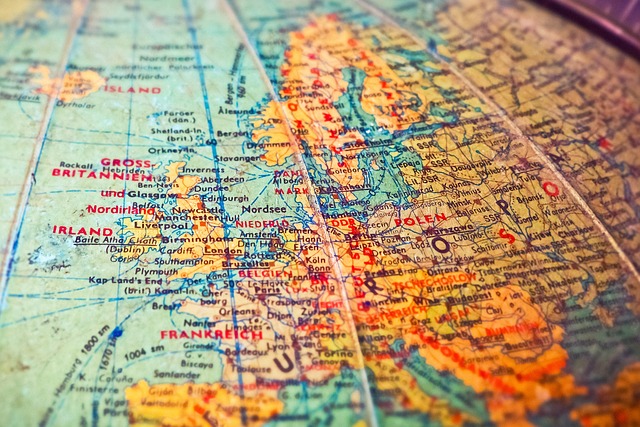
The Migration Crisis is a Global Phenomenon that Continues to Pose Complex Challenges for Countries Worldwide and Wars, all Over the World, are Making the Situation Worse.
The Italy-Slovenia border, a relatively lesser-known but crucial entry point for migrants into Western Europe, has not been immune to these challenges. People migrate for various reasons, often rooted in political, economic, and social factors in their home countries. In many cases, they are fleeing conflict, persecution, or extreme poverty, hoping to find safety, better economic opportunities, and an improved quality of life in Europe. The Italy-Slovenia border, stretching over 200 kilometres, represents one of the entry points to the European Union (EU). Due to its location, this border is a preferred route for migrants seeking access to Western European countries, including Italy, Austria, and Germany. The unique geographical and political factors surrounding this border make it both an appealing passage and a site of contention.
One of the major challenges faced at the Italy-Slovenia border is the complex legal and regulatory landscape surrounding migration. EU laws and agreements, such as the Schengen Agreement, govern border control and movement within the EU. Migrants often cross into Italy or Slovenia from other EU countries, making it difficult to manage and regulate their movements effectively. This has led to disputes between countries on how to handle border security and the management of migrants.
The humanitarian dimension of the migration crisis cannot be overlooked and many migrants crossing the Italy-Slovenia border have endured perilous journeys, including dangerous land routes in in old vehicles. Upon reaching the border, they face further challenges related to shelter, food, and healthcare. Humanitarian organizations and governments are grappling with the need to provide aid and assistance to these vulnerable individuals while maintaining the integrity of their immigration systems. Securing the Italy-Slovenia border poses significant challenges, both in terms of physical infrastructure and personnel. The border is characterized by dense forests, rugged terrain, and the absence of natural barriers, making it difficult to monitor and control illegal crossings. Smuggling networks often exploit these vulnerabilities to facilitate the movement of migrants and asylum seekers.
Disagreements over border control, migrant reception, and asylum processing have strained diplomatic relations between involved European countries. Such tensions underscore the need for a coordinated EU-wide approach to migration management. Asylum seekers arriving at the Italy-Slovenia border face the daunting task of navigating the complex asylum application process. Delays in processing and uncertainty about the outcome of their applications add to the psychological stress and uncertainty they experience. Moreover, integration into host communities presents additional challenges, including language barriers and social acceptance.
Addressing the challenges at the Italy-Slovenia border requires a multi-pronged approach that encompasses cooperation, humanitarian aid, and policy changes. Close cooperation between Italy and Slovenia is crucial, as well as a coordinated approach among all EU member states to ensure the fair and effective management of migration. Humanitarian organizations must continue providing assistance to migrants at the border, ensuring they have access to basic necessities, such as shelter, food, and medical care in order to alleviate some of the suffering experienced during their journey.
The EU should consider revising its legal and regulatory framework for managing migration. Simplifying and streamlining asylum application processes can help reduce bottlenecks and processing delays. Informing migrants about the risks of irregular migration and the challenges they may face in the host country is vital. Public awareness campaigns can help potential migrants make more informed decisions about their journey. To facilitate the integration of migrants into host communities, programs that provide language courses, job training, and cultural orientation are essential. These initiatives can help newcomers adjust more smoothly to their new environment.
Alessandro Fiorentino



 Subscribe
Subscribe